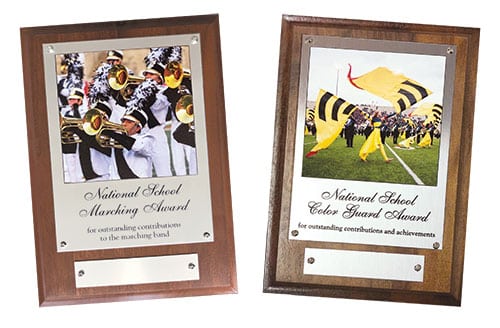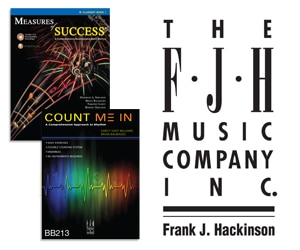
Home > Instrumentalist – June 2018: New Music Reviews
Instrumentalist – June 2018: New Music Reviews
compiled by editors | June 2018
SHARE THIS ARTICLE
ABOUT THE AUTHOR
compiled by editors
MORE FROM THIS ISSUE


Five Tips for Guiding Student Arrangers
Ann Callis
February 7, 2025
ADVERTISEMENT

Order your Marching and Color Guard Awards this Fall!
Orders may be placed through the online store, by email (awards@theinstrumentalist.com) or by calling 888-446-6888.

